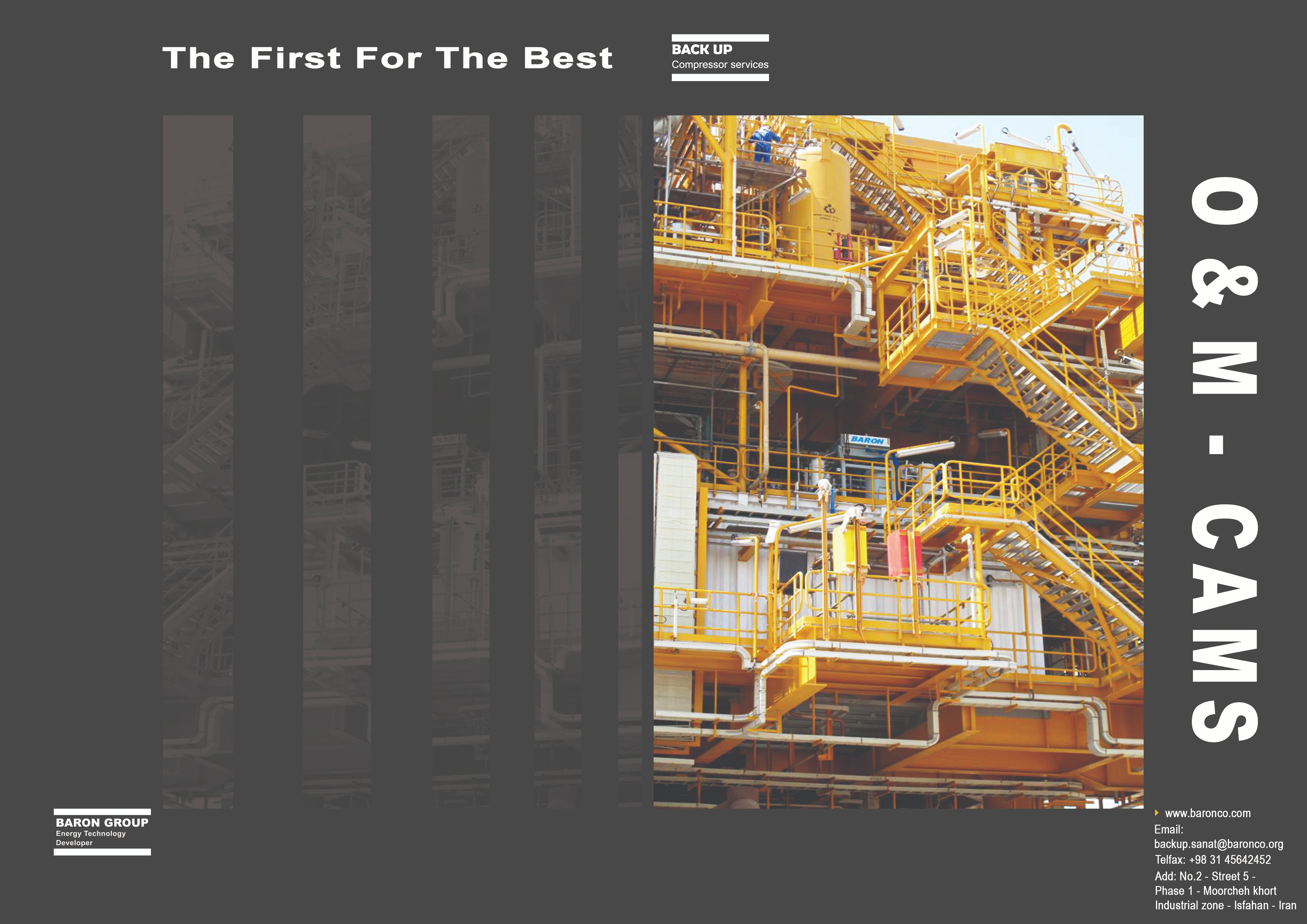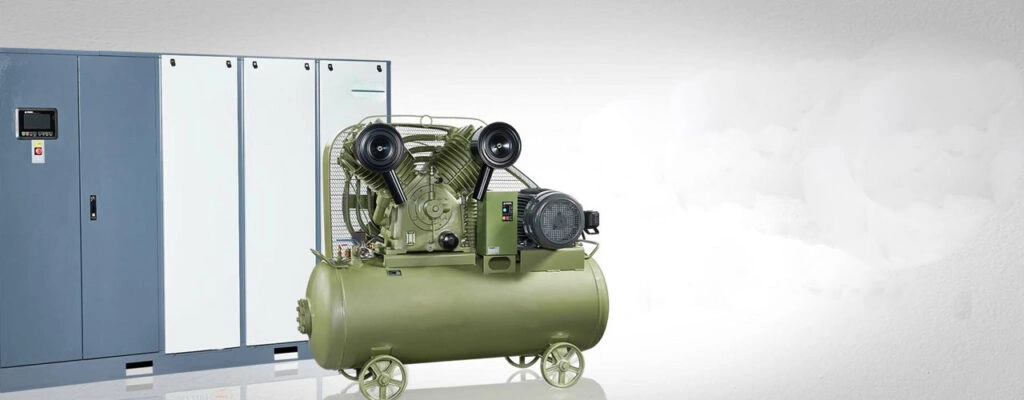
Compressor piping/tubing/painting
- Compressor Piping:
Material Selection: Piping materials must be compatible with the type of gas or air being compressed and the operating conditions. Common materials include steel, stainless steel, copper, and plastic.
Size and Layout: Proper sizing of pipes ensures that the compressor can deliver the required flow rate without excessive pressure drop. The layout should consider factors such as minimizing bends and optimizing the path for efficient flow.
Support and Anchoring: Adequate support and anchoring are crucial to prevent excessive vibration and stress on the piping system. This helps maintain the integrity of the connections and prevents leaks.
Flexibility: Flexible connectors or expansion joints may be incorporated to absorb vibrations and thermal expansion, reducing stress on the compressor and piping.
Valves and Fittings: Properly sized and located valves and fittings are essential for controlling the flow, pressure, and direction of the compressed gas. Check valves, pressure relief valves, and shut-off valves are commonly used.
- Compressor Tubing:
Material Compatibility: Tubing materials should be compatible with the gas or air being compressed. Common materials include stainless steel, copper, aluminum, and plastic.
Size and Length: Tubing size and length influence pressure drop and flow characteristics. Proper sizing ensures that the tubing can handle the required flow rate without excessive pressure loss.
Bending and Installation: Tubing should be properly bent and installed to avoid kinks or sharp bends that can restrict flow or cause damage. Care should be taken to minimize stress and strain on tubing connections.
Fittings and Connectors: Tubing connections must be secure and leak-free. Properly selected fittings and connectors help maintain the integrity of the tubing system.
- Compressor Painting:
Surface Preparation: Before painting, the surfaces of the compressor and associated components should be properly cleaned and prepared. This may involve removing rust, oil, or other contaminants.
Primer and Paint Selection: The choice of primer and paint is important for protecting the compressor from corrosion. Specialized coatings may be required for harsh environments or specific gases.
Application: Paint should be applied evenly and according to the manufacturer's recommendations. Proper application ensures that the compressor surfaces are adequately protected.
Color Coding: In some cases, color coding may be used for safety or identification purposes. For example, certain components may be painted in specific colors to indicate their function or status.
Additional Considerations:
Safety Markings: Clearly mark safety features, pressure ratings, and emergency shut-off locations on the compressor and associated components.
Insulation: Consider insulating piping and tubing in applications where temperature control is critical to prevent condensation or heat loss.
Proper installation and maintenance of compressor piping, tubing, and painting are essential for the overall reliability, safety, and efficiency of the compressor system. Following industry standards and manufacturer recommendations is crucial to achieving optimal performance and ensuring a safe operating environment.
Last posts

Compressor coolers
Air-Cooled Aftercoolers: These coolers use ambient air to cool the compressed air after it exits the compressor. Aftercoolers help in removing moisture from the compressed air, preventing condensation downstream. Water-Cooled Aftercoolers:
Most viewed posts

Compressor coolers
Air-Cooled Aftercoolers: These coolers use ambient air to cool the compressed air after it exits the compressor. Aftercoolers help in removing moisture from the compressed air, preventing condensation downstream. Water-Cooled Aftercoolers:



